The M-346N: Possible Future of the US Navy Undergraduate Jet Training System
- Garth Calitz
- Aug 5
- 2 min read

Textron Aviation and Leonardo have introduced the Beechcraft M-346N jet as an immediate solution from a renowned American company for the US Navy Undergraduate Jet Training System (UJTS) program. The US Navy has issued multiple Requests for Information in anticipation of an upcoming Request for Proposals for a new aircraft for the UJTS program.
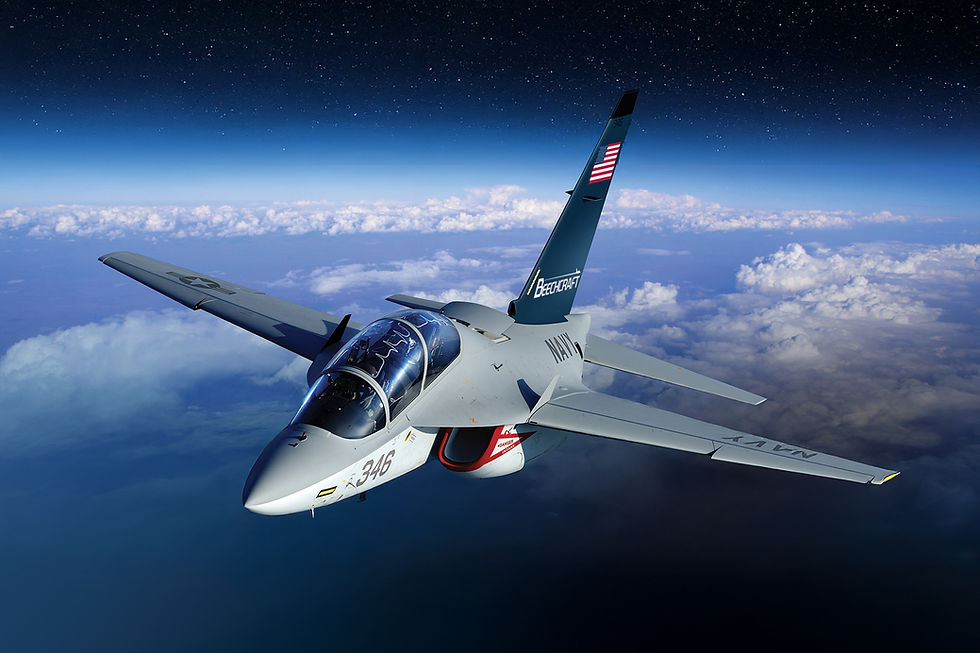
Textron Aviation Defence and Leonardo have formalised a collaboration agreement to jointly address the Navy’s requirements for a new jet trainer. The Beechcraft M-346N is an integral component of an established integrated training system, derived from the original M-346 aircraft developed by Leonardo. Over 100 Leonardo M-346 aircraft are currently fulfilling the rigorous training needs of student pilots for 4th and 5th-generation air forces globally, including at Italy’s prestigious International Flight Training School (IFTS).
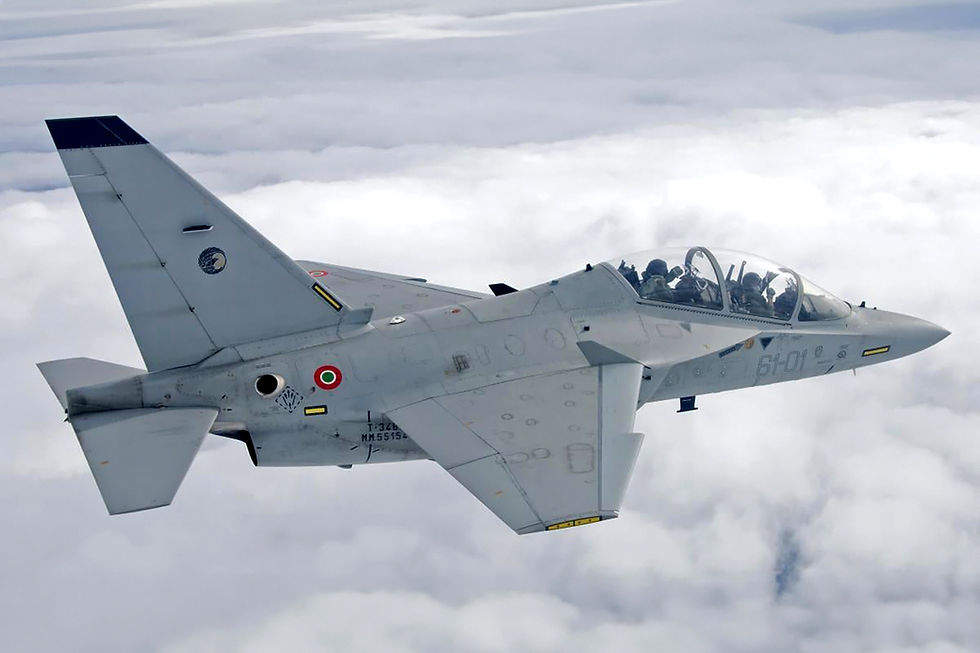

Travis Tyler, president and CEO, Textron Aviation Defence, commented, “With our heritage deeply rooted in the strength and reliability of American manufacturing, the Beechcraft M-346N joins a proud lineup of aircraft built on 95 years of aviation excellence. The aircraft can be the cornerstone for the Navy’s future of undergraduate jet training, combining operationally-proven performance with cutting-edge technologies.”
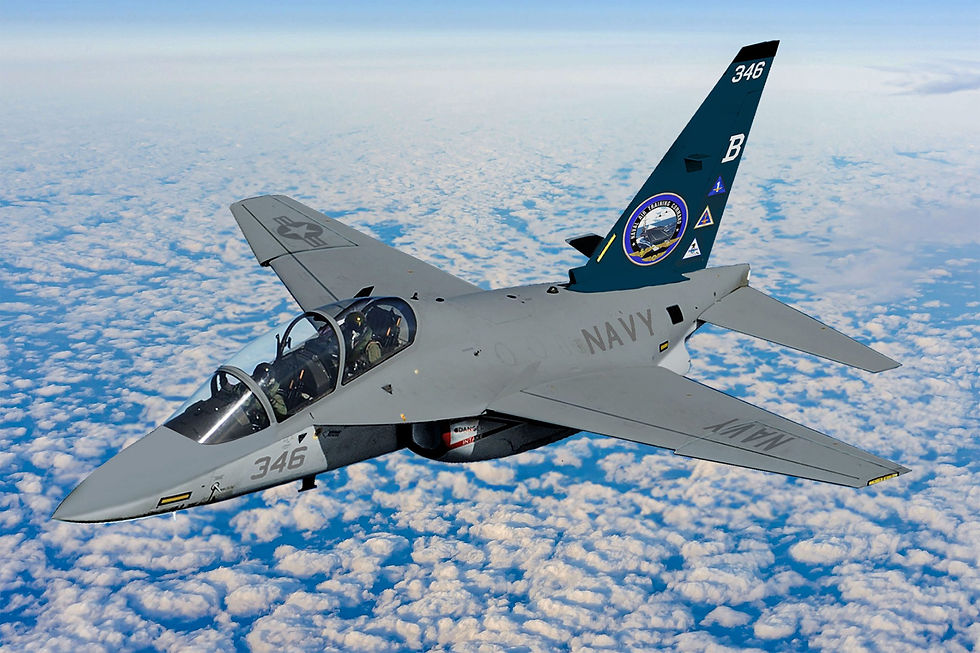
The Beechcraft M-346N is a twin-engine, tandem-seat aircraft featuring fully digital flight controls and avionics. It is equipped with a fly-by-wire flight control system with quadruple redundancy, a state-of-the-art human-machine interface that includes a Head-Up Display and Large Area Display in each cockpit, as well as hands-on throttle and stick (HOTAS) controls. The aircraft also incorporates advanced safety features such as the Automatic Ground Collision Avoidance System (Auto-GCAS).

Equipped with two Honeywell F124-GA-200 turbofan engines, the M-346N ensures a high degree of safety and exceptional performance, featuring a maximum cruise speed exceeding 590 knots and a service ceiling of 45,000 feet.
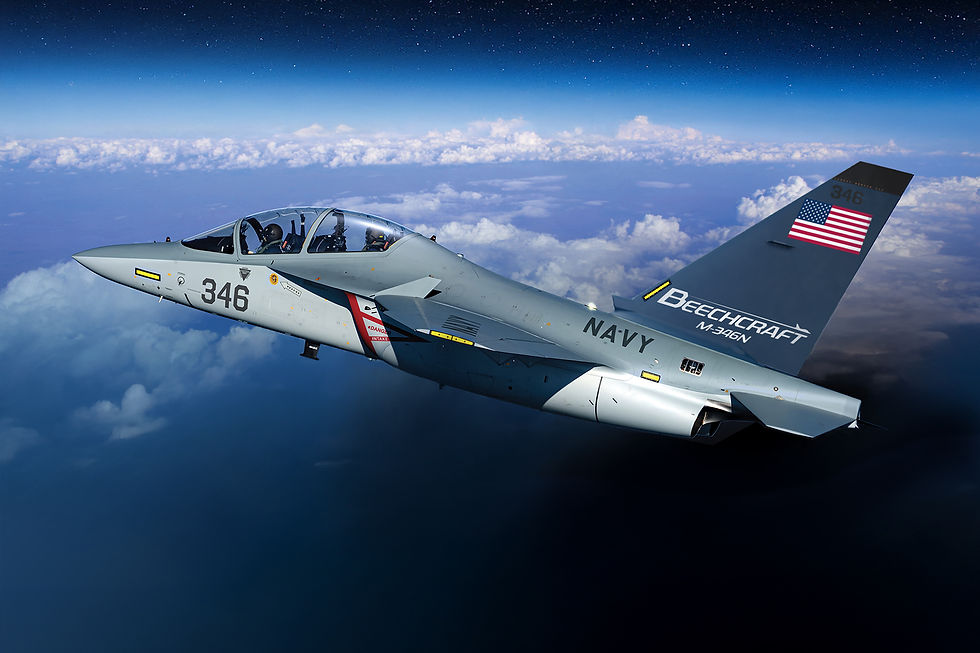
The aircraft's sophisticated aerodynamic design ensures outstanding manoeuvrability and efficient energy management. Additionally, the elevated rear cockpit provides instructors with excellent visibility throughout all flight phases. Consequently, this trainer serves as an effective link between fundamental instruction and the high-performance demands of carrier-based fighter operations.
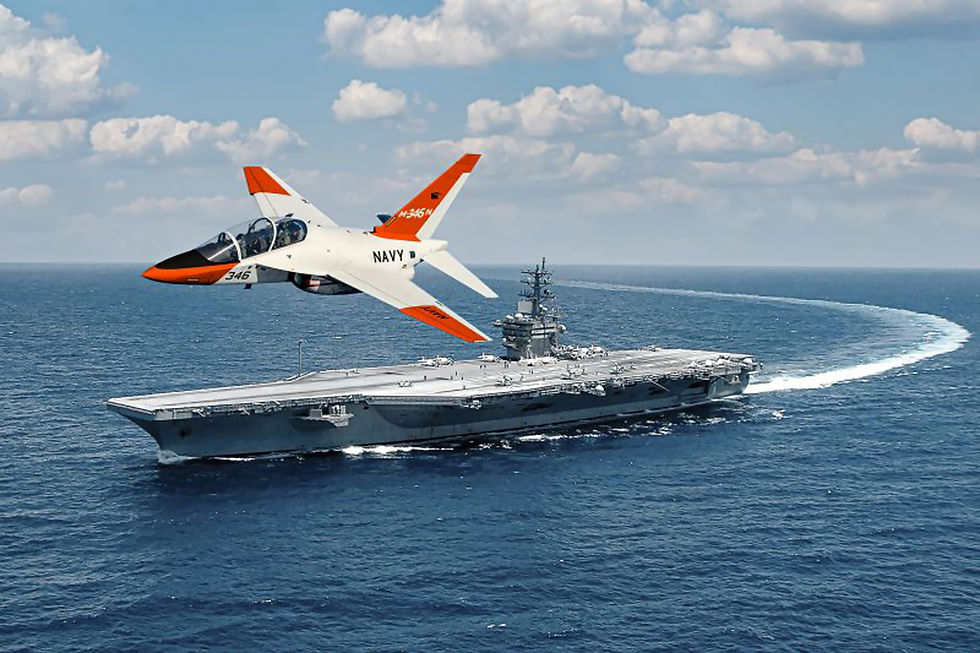
The M-346N integrated training ecosystem, refined and validated through the extensive global operational experience of the M-346 integrated training system, is set to offer the Navy a comprehensive solution. This system aims to enhance student readiness and operational effectiveness while simultaneously reducing training costs and risks.
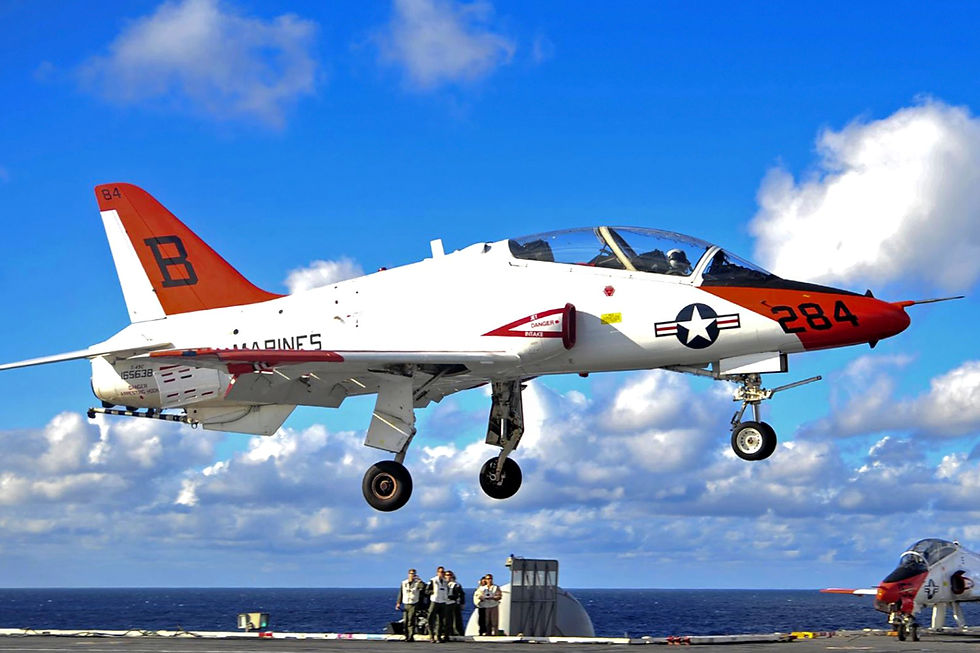
The Beechcraft M-346N utilises the operationally-proven Embedded Training System avionics suite, facilitating training from basic to advanced tactical levels by simulating sensors, weapons, and Computer Generated Forces. This system allows students to engage in real-time through a Live-Virtual-Constructive (LVC) training architecture, connecting aircraft in flight (Live), simulators (Virtual), and computer-generated friendly and adversary forces (Constructive). Additionally, the innovative system incorporates adaptive training powered by Artificial Intelligence, which continuously analyses student pilot performance data to customise learning paths, automate evaluations, and tailor instruction to individual strengths and areas needing improvement.
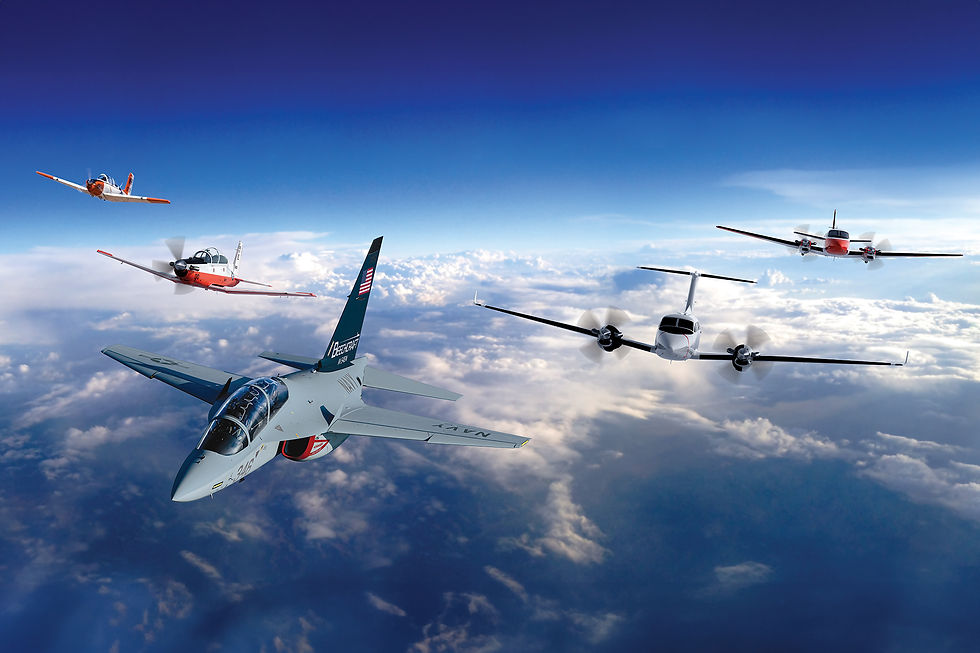
The Beechcraft M-346N provides a comprehensive solution for training the next generation of Navy and Marine Corps aviators, featuring a full range of high-fidelity ground-based training devices. This includes simulators, computer training devices, mission planning and management tools, and a carrier-based Live, Virtual, and Constructive (LVC) environment.
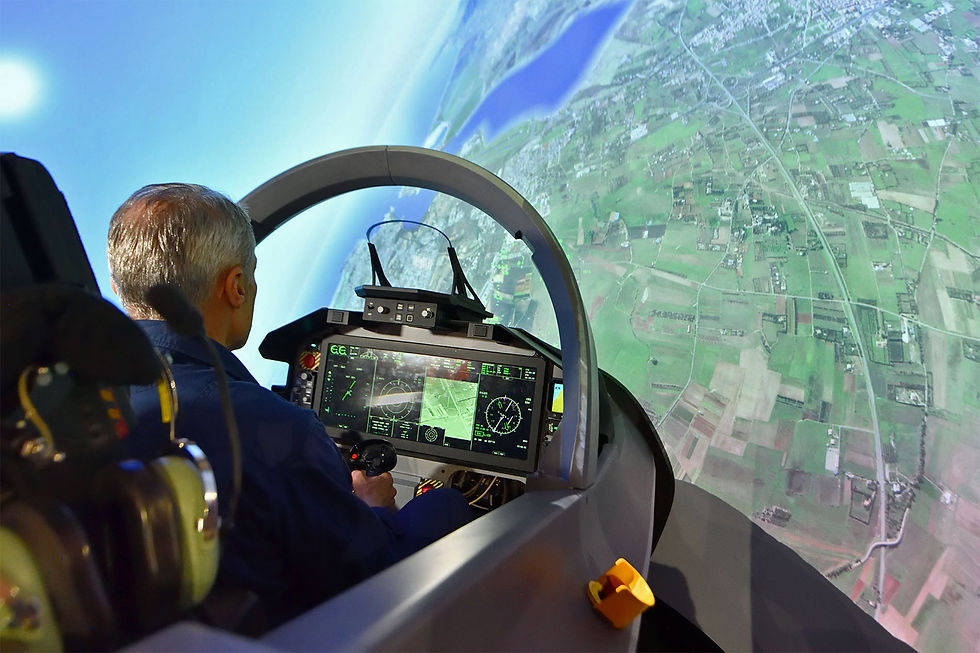





























Comments